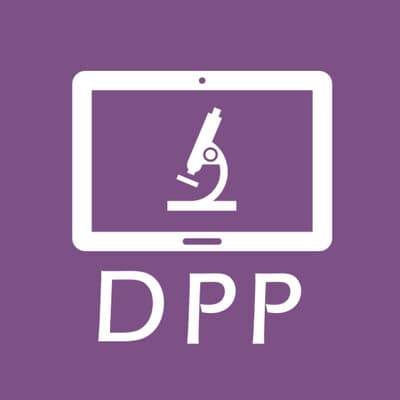Miscellaneous
Have you ever wondered if the pathology turn-around time could be faster and came to the conclusion that the only way to achieve that is to skip the tissue sectioning and staining? Now it is possible, with optical scanning microscopy by Instapath. Today’s guest, David Tulman, is the chief clinical officer of Instapath, a small startup using optical scanning microscopy to image fresh tissue without fixing and staining it. Working as a clinical trial manager exposed David to different areas of medicine, so he decided to dive deeper and get a Ph.D. However, pipetting for 12 hours a day for 5 years of the program to do basic research did not sound attractive…so he found a different program – a Ph.D. in bioinnovation. As a result of this program not only did he get his Ph.D. degree but also co-founded a biomedical startup company – Instapath, whose mission is to deliver pathology diagnoses to patients faster – while they are still on the operating table.To achieve that, Instapath uses optical scanning microscopy. This cutting-edge technology can scan a piece of fresh, un-sliced tissue and virtually generate an image resembling a 5 um thick H&E stained section. This can be achieved by staining the tissue with fluorescent dies, one of them being eosin itself, which happens to be fluorescent. The dies are water-based and enable the generation of a high-resolution pseudo H&E image. Instapath focuses on the speed of the pathology evaluation. For an 18-gauge biopsy the time from tissue removal from the body, through fluorescent staining, image processing, and upload to the image viewer is between two and three minutes. This is amazing compared to the traditional process that takes several days, or even frozen sections that should take around 20 minutes. Current applications of Instapath’s technology and system include: - sample screening for biobanking, - alternative to fluorescent and confocal microscopy,And in the near future, following the results of ongoing validation studies the company thinks there is a good chance that - optical scanning microscopy could replace frozen section evaluation. To learn more about Instapath visit: https://www.instapathbio.com/Ps. David was a great guest of this episode but he is also a podcast host himself. Together with Giovanni Lujan, they co-host the “Beyond the Scope” podcast by Digital Pathology Association. This episode’s resources:Publications about optical scanning microscopy co-authored by the Instapath team: https://www.ncbi.nlm.nih.gov/pmc/articles/PMC5553202/https://www.ncbi.nlm.nih.gov/pmc/articles/PMC4592466/ https://www.ncbi.nlm.nih.gov/pmc/articles/PMC5082869/Beyond the Scope podcasthttps://digitalpathologyassociation.org/dpa-podcast-beyond-the-scopeDigital pathology crash course:https://www.subscribepage.com/digital_pathology_crash_course

